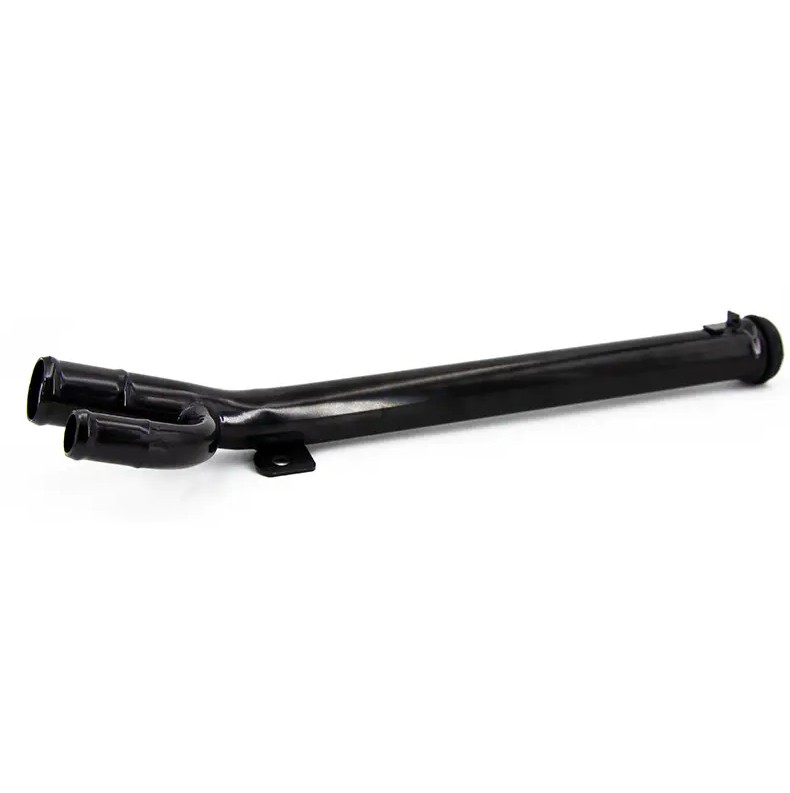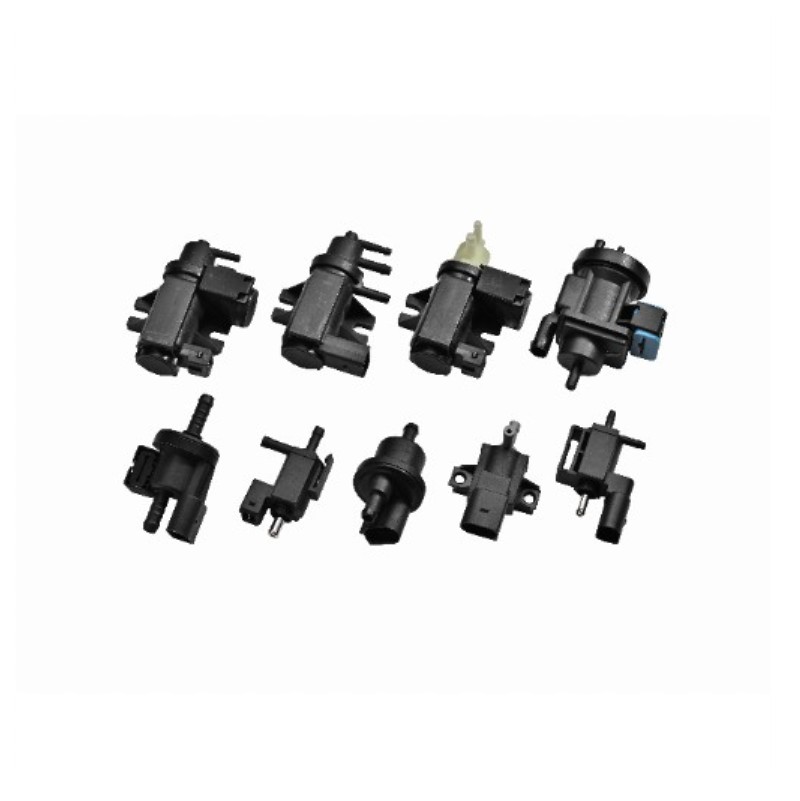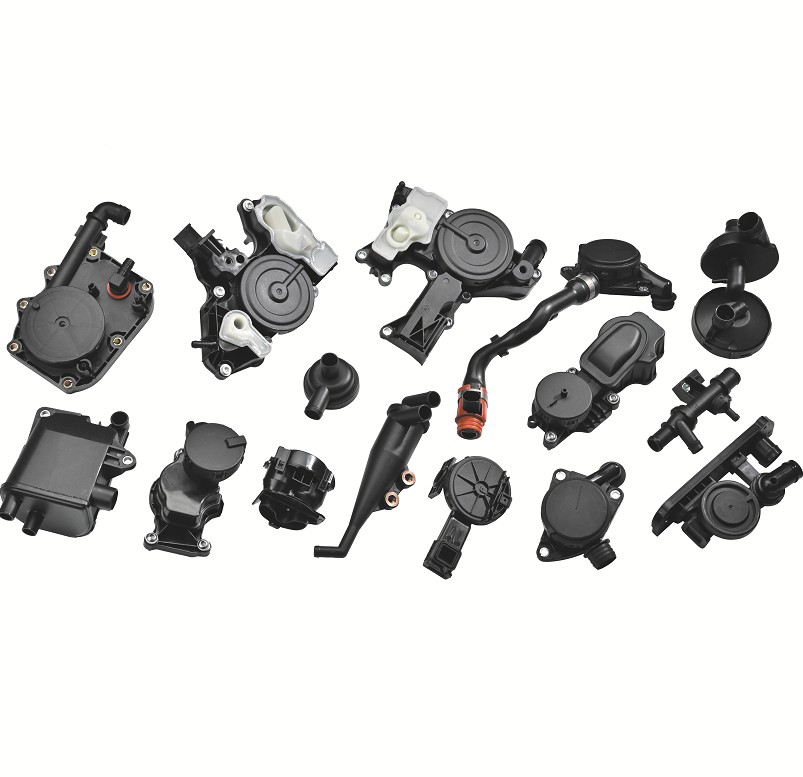Coolant pipes, as crucial components in automobiles, industrial equipment, and even many precision machines, are one of the "lifelines" that keep systems running smoothly. Coolant pipes (also known as water pipes or cooling water lines) are pipes specifically designed to transport coolant (antifreeze) between the engine or equipment and the radiator, water pump, and other cooling system components.
Coolant pipes play a crucial role in any system requiring thermal management. Their primary function is to ensure that coolant can efficiently circulate from high-temperature areas (such as the engine block) to the radiator for heat exchange and back again, thereby maintaining the engine's operating temperature within the optimal range. Without effective coolant flow, equipment risks overheating, resulting in reduced performance and even permanent damage.
Content
Coolant Pipe Materials and Types
To withstand the high temperatures and pressures within the cooling system, as well as the chemicals that may be present in the coolant, coolant pipes are typically made of durable yet flexible materials. Common coolant hoses on the market are made of the following materials:
Rubber coolant hose:
This is the most common type, made from synthetic rubber (such as EPDM). It offers excellent heat resistance, aging resistance, and flexibility, and is relatively inexpensive.
Silicone coolant hose:
Silicone hose is popular for its excellent high-temperature resistance, higher pressure resistance, and longer service life, making it particularly suitable for the cooling systems of high-performance or modified vehicles.
Metal hose:
In certain locations, such as main trunk lines where greater strength or durability is required, metal hoses such as steel or aluminum may be used in conjunction with flexible hoses.
Coolant Hose Failure and Maintenance
Due to their prolonged exposure to high temperatures, high pressures, and chemical corrosion, coolant hoses are among the most susceptible to degradation in the cooling system. Common failures include:
- Cracking or Hardening: Over time, rubber or silicone loses its elasticity, becoming hard and brittle, eventually leading to coolant leaks.
- Swelling or Blistering: Excessive internal pressure or poor material quality can cause hoses to swell or even rupture.
- Leaks at Connections: Loose clamps connecting the coolant pipe to components like the radiator and water pump, or aging of the pipe ends, can also cause leaks.
To ensure long-term, reliable operation of the equipment, regular inspection and maintenance of the coolant pipe is crucial. Vehicle owners or maintenance personnel are advised to:
- Regularly inspect the coolant pipe surface for cracks, hardening, or significant swelling.
- Check all connections and hose clamps for tightness.
- Replace the antifreeze regularly to ensure a clean environment within the cooling system and ensure material compatibility.
The coolant pipe is a seemingly simple yet powerful component of the cooling system. Understanding its function, materials, and maintenance methods is crucial to ensuring efficient engine cooling and extending the life of the equipment.


 English
English русский
русский Español
Español Deutsch
Deutsch











